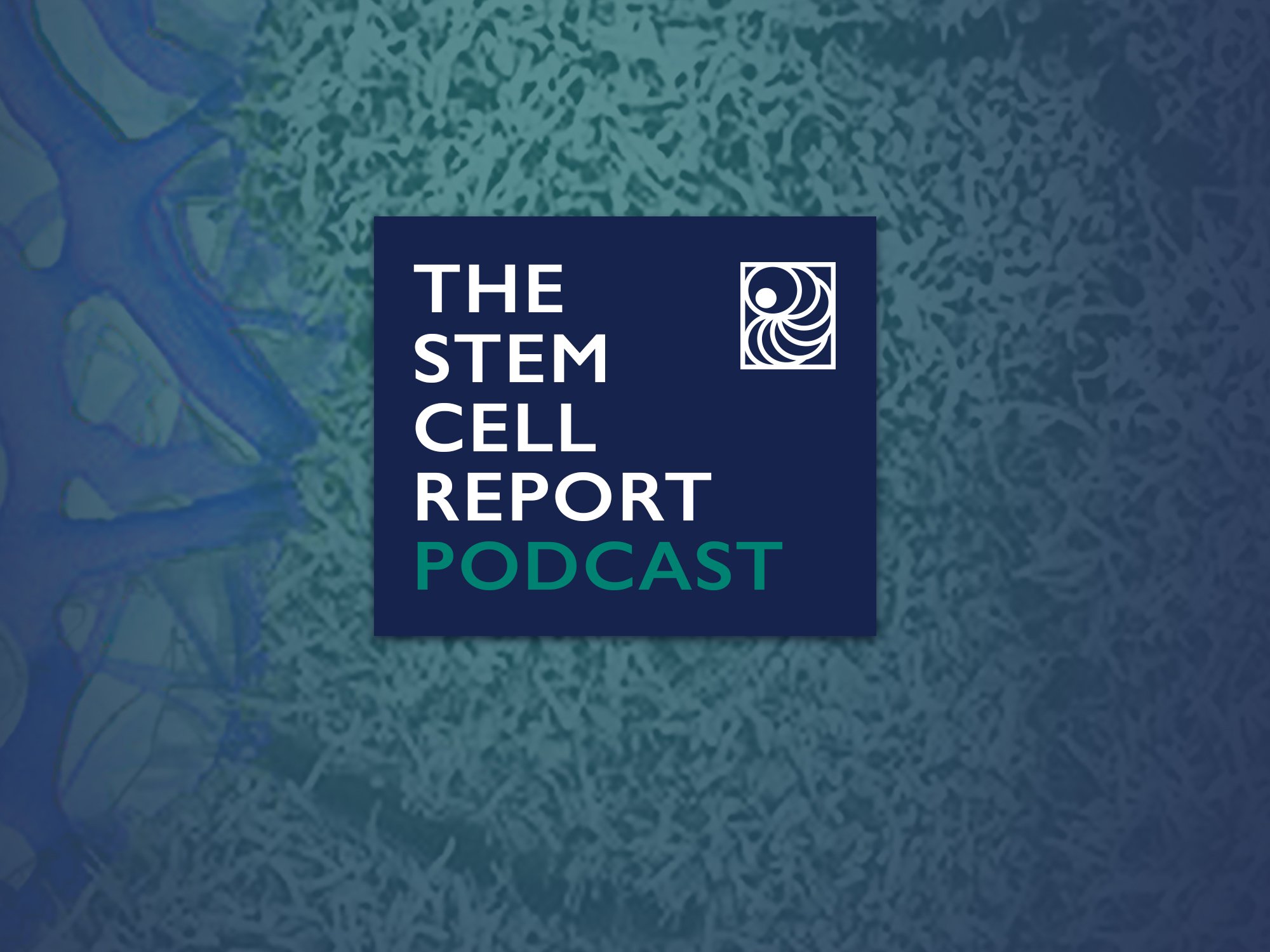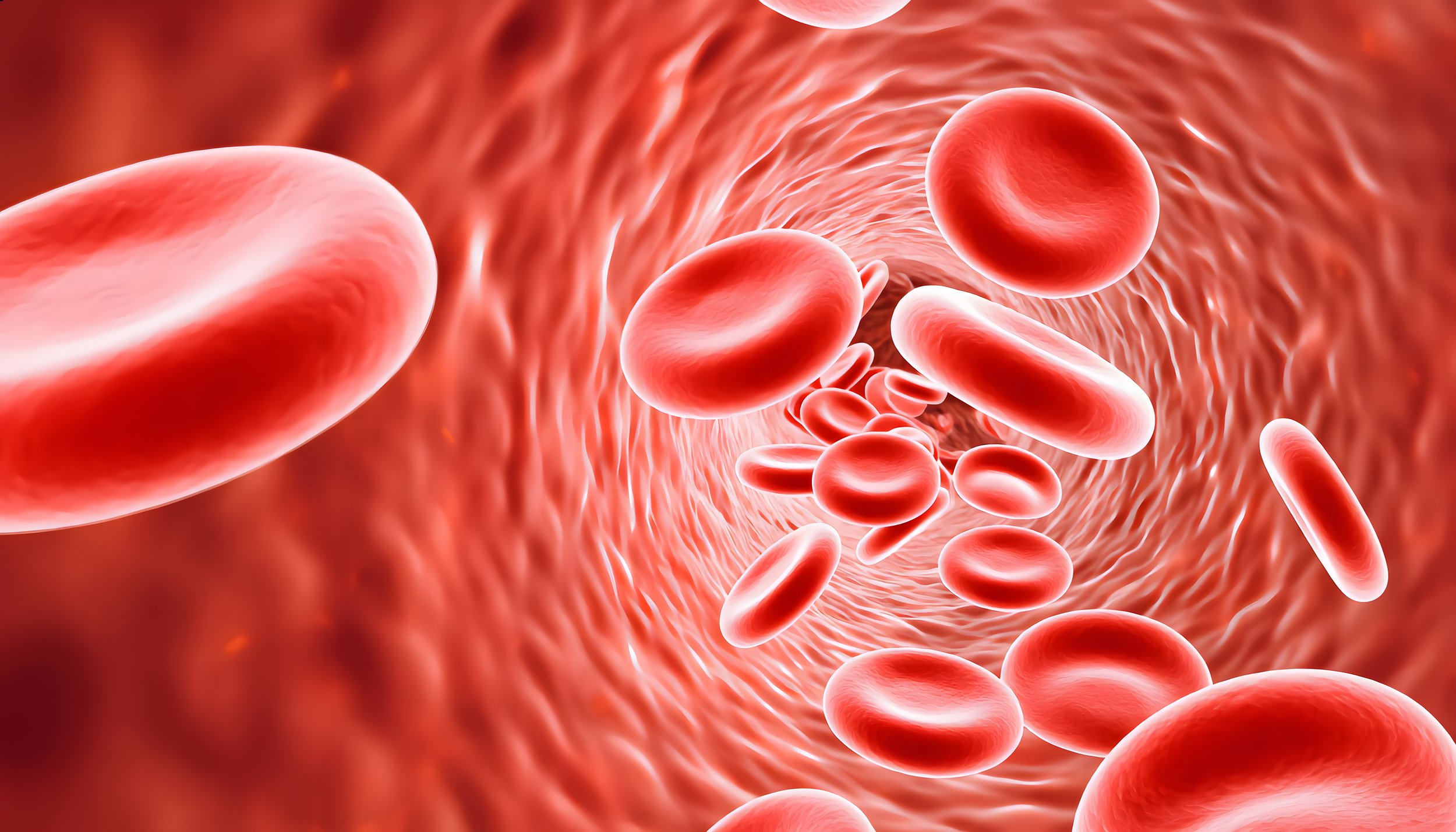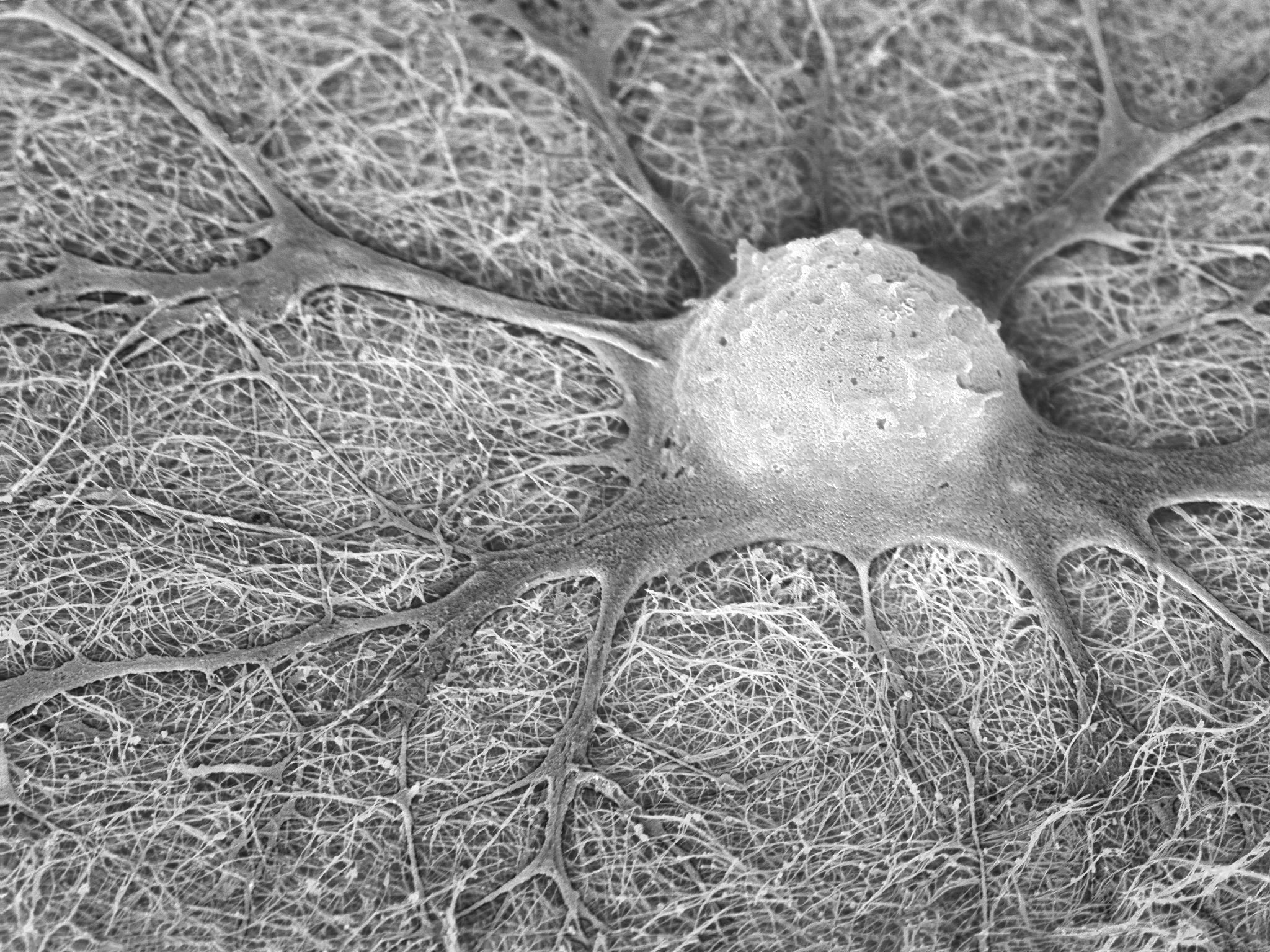ISSCR News

Retinal Organoid Platform Identifies Biomarkers and Affords Genetic Testing for Retinal Disease
Leber Congenital Amaurosis (LCA) is an inherited retinal disease leading to severe vision impairment from early infancy, affecting 2-3 out of every 100,000 newborns. LCA is caused by variants in certain genes from which proteins essential for retinal cell function and survival are made. Mutations in over 20 different genes can cause LCA and in each of those genes, hundreds of different changes, known as genetic variants, can occur. Importantly, while some of these genetic variants are benign and do not compromise function, other variants cause dysfunction or complete loss of function. Further, for some of these variants, which are called variants of uncertain significance (VUS), it is currently not known if they are disease causing or benign.

New Podcast Episode. Building a Better Barrier: Modeling the Human gut Epithelium
The human intestinal epithelial barrier comprises diverse proliferative, secretory and absorptive cell types that facilitate nutrient digestion and absorption and protect against harmful environmental agents. The barrier and its function can vary between individuals due to genetic differences thus impact processes such as digestion, drug metabolism, and drug sensitivity. Our guests today investigated the effect of diverse culture conditions on the cell type composition, gene expression profiles, and maturation status of human pluripotent stem cell-derived intestinal epithelial cells in three different model systems. Their research provides insight into the relevant conditions and systems for modeling specific intestinal functions and highlights the importance of personalized intestinal model systems.

Scientists Use Stem Cells to Move Closer to Large-Scale Manufacturing of Platelets
Platelets are small, disc-shaped cell fragments in the blood that are essential to stop bleeding and to initiate blood clotting after injury. Platelet transfusions in patients with severe trauma or medical conditions, including bone marrow disease, leukemia, or sepsis, can be lifesaving. Despite being a standard clinical practice, platelet transfusions face issues related to the availability of blood donations from which platelets are isolated, the relatively short shelf life of purified platelets, and the risk of an immune response in patients receiving platelets from unmatched donors.

Human Stomach Cells Tweaked to Make Insulin to Treat Diabetes
Type 1 diabetes is caused by an insufficient production of the hormone insulin by cells in the pancreas called beta cells and estimated to affect 9.5 million people worldwide. Low insulin levels allow glucose levels to remain elevated, which in the long term can damage organs such as the kidneys, the eyes, and the cardiovascular system. People with diabetes require lifelong monitoring of blood sugar levels coupled with insulin injections to keep blood sugar levels at a stable, healthy level.
A potential new treatment option for those patients is the replacement of lost or dysfunctional pancreatic beta cells, either by cell transplantation, or by the generation of new beta cells from existing cells within the body. This latter strategy was pursued by the team of Xiaofeng Huang from Weill Cornell Medicine, USA and Qing Xia from Peking University, China who previously discovered that cells in the mouse stomach can be transformed into pancreatic beta cells by genetic engineering.

Immature Brain-Supporting Cells Switch Fate to Restore Blood Flow After Stroke
Stroke is a leading cause of death and disability, affecting 1 in 4 people during their lifetime. Stroke happens when blood vessels in the brain get clogged or damaged, impairing blood flow and oxygen supply to the brain, which leads to death of neurons and other brain cells. Although brain damage can be limited by interventions to restore blood flow, most stroke survivors experience some lifelong impairments of e.g. speech, movement, or cognitive function.
Despite the existence of immature stem cells in the brain, their role in repair is uncertain and the brain’s ability to recover from stroke remains limited. Takakuni Maki, Ken Yasuda, Kazuto Tsukita, and colleagues from Kyoto University, Japan, have now demonstrated that oligodendrocyte progenitor cells (OPCs)—a well-known immature glial cell type in the brain—can promote new blood vessel formation after stroke under hypoxic conditions. The research was published today in Stem Cell Reports.

Receive ISSCR Press Releases
Sign up be a part of ISSCR’s media list. Media Contact: Kym Kilbourne, Director of Media and Strategic Communications
Subscribe to ISSCR News.
Each month, ISSCR delivers scientific, policy, and community to your inbox .
